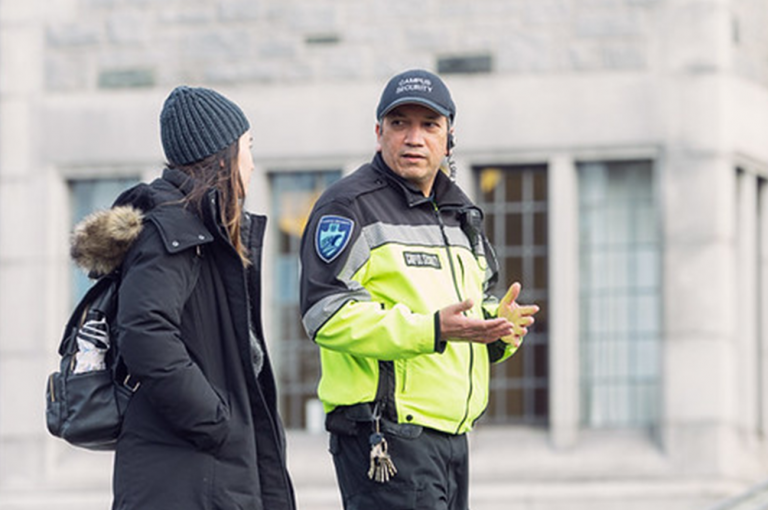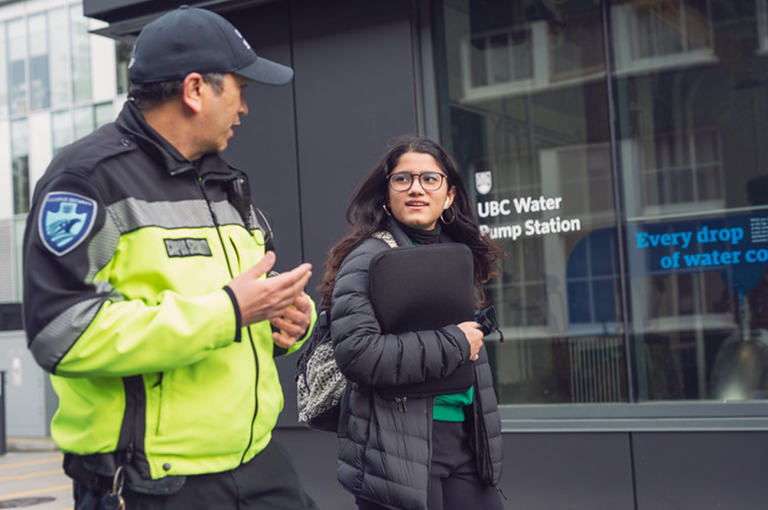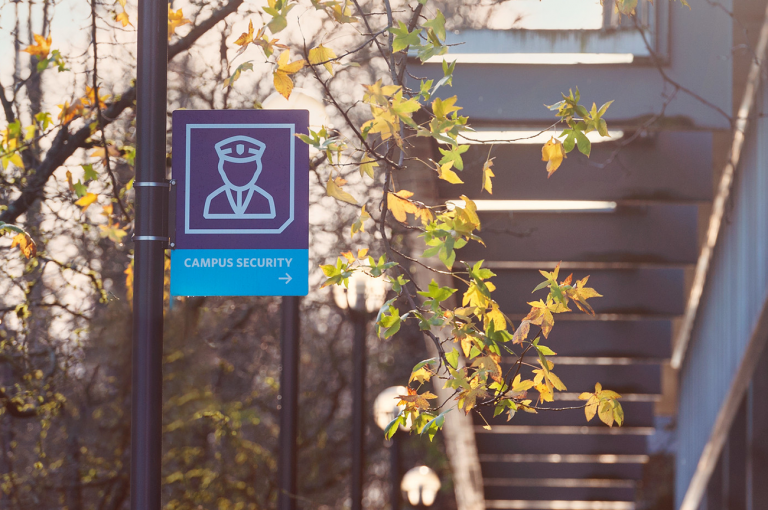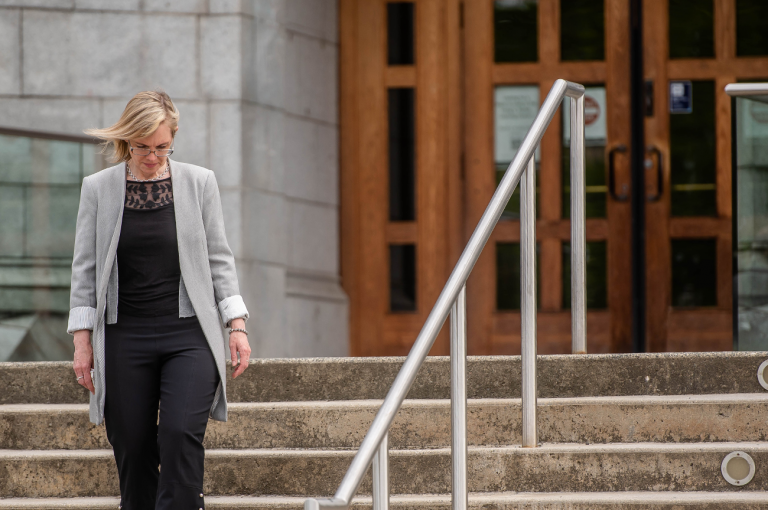Our licensed security consultants are available to provide a Risk Assessment for an enhanced risk management profile.
Our report provides recommendations that may incorporate operational security policy, physical or electronic access control measures, electronic alarms, and surveillance systems. On-site security staff or scheduled patrols may be recommended to reinforce security in extremely sensitive areas.
Our process for risk assessment
- Complete review of the facility’s assets
- Consultation with building users
- Analysis of incident history for the location
- Assessment of the physical environment and its security provisions.
- A report to assist users to accomplish their security goals.


Crime Prevention through Environmental Design
Crime Prevention Through Environmental Design (CPTED) is a multi-disciplinary approach to deterring criminal behavior through environmental design.
CPTED is most effectively used at the planning stage in the design of a building, space, or community area. However, CPTED can also be incorporated into a built environment by making adjustments to landscaping, office layouts, lighting that can have a major effect on Natural Surveillance and Territoriality, improving safety and security.
Four main principles of CPTED
Campus Security has certified Crime Prevention Through Environmental Design (CPTED) practitioners to provide the campus community with this service. There are four main principles of CPTED—natural surveillance, access control, territorial reinforcement and space management.
Incorporating these four principles of CPTED can help to create a safe and secure environment that encourages activity, vitality and viability, enabling a greater level of security. Take a look at each of the principles below.


CPTED principle 1:
Natural surveillance—Will I be seen?
- Informal surveillance by staff or community members as they go by or work there
- The space should be open for casual observers and promotes legitimate activities
CPTED principle 2:
Access control—Who can get in & out?
- Design cues, soft and hard, defining public and restricted areas
- Reduce the likelihood that public will enter the private space.
- Reduce ambiguity makes it difficult for illegitimate users to validate trespass
- Reduce excuses for wandering or loitering


CPTED principle 3 & 4:
Territorial reinforcement and space management—Does anyone care?
- Property perceived as active and “owned”, not anonymous, discourage illegitimate users from entering the space
- Encourage ownership of space

